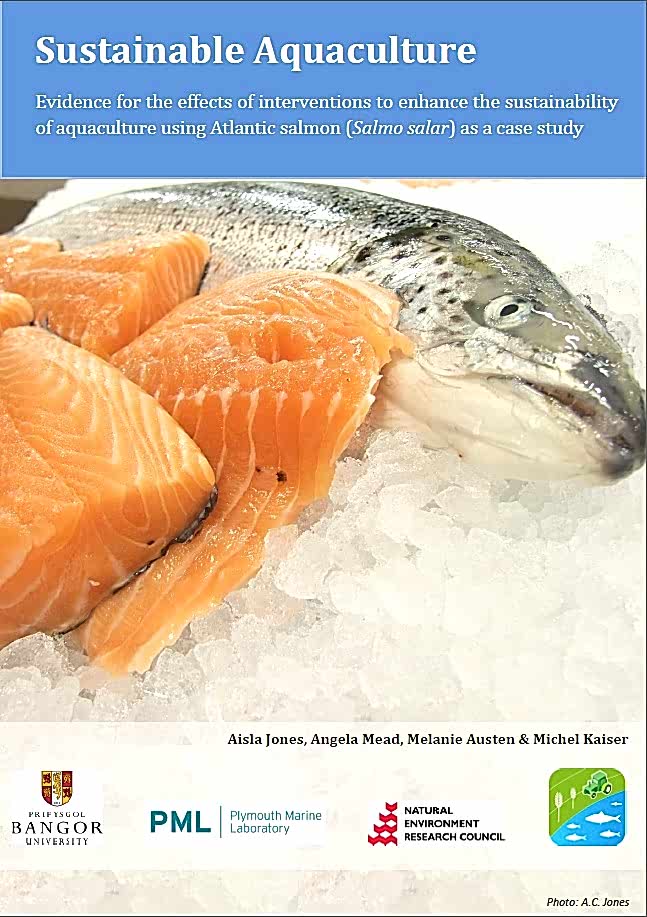Bathe in freshwater
Overall effectiveness category Awaiting assessment
Number of studies: 2
View assessment score
Hide assessment score
How is the evidence assessed?
Effectiveness
not assessedCertainty
not assessedHarms
not assessed
Supporting evidence from individual studies
In 2002, a study on a salmon farm in Tasmania, Australia (Clark et al., 2003) found an 86% reduction in the number of live amoebae found on the gills of salmon, Salmo salar, after freshwater bathing. The presence of amoebae increases the risk of amoebic gill disease. The lower levels of amoebae persisted for 3 days before gradually increasing to pre-bathing levels on day 10. Salmon were given freshwater baths for two hours then monitored for 10 days. Samples were removed from fish before bathing and at 1, 3, 5 and 10 day intervals after bathing to determine the number of amoebae present on the gills.
Study and other actions testedBetween 2000 and 2002, a replicated, controlled study in Tasmania, Australia (Douglas- Helders et al., 2004) found similar levels of amoebic gill disease in groups of salmon, Salmo salar, that had undergone freshwater bathing compared to those which had not. By the end of the study, amoebic gill disease occurred within 35% of fish within both groups. Monthly samples were removed from salmon in three groups receiving freshwater baths and three un-bathed groups. Average biomass per pen was 11, 663 kg for bathed groups and 20, 929 kg for un- bathed groups. Signs of clinical disease were assessed monthly using the routine Tasmanian salmon farmers gill assessment method
Study and other actions tested
Where has this evidence come from?
List of journals searched by synopsis
All the journals searched for all synopses
This Action forms part of the Action Synopsis:
Sustainable Aquaculture
Sustainable Aquaculture - Published 2013
Atlantic salmon Aquaculture Synopsis




















